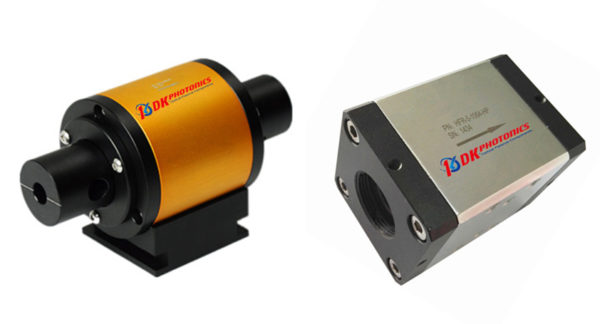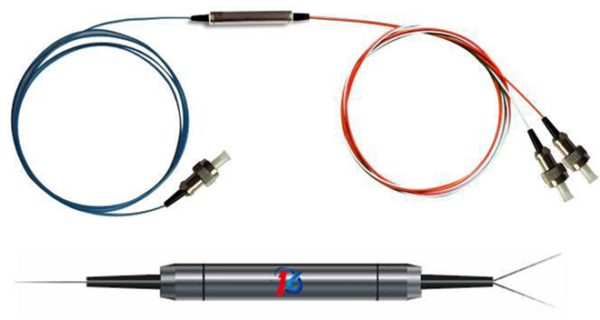From multi-level laser amplifier, ring laser to the optical modulator, the Faraday rotator and isolator is a key component in a wide range of devices used in diverse verticals today. It plays a vital role in how these devices perform. Or in other words, the efficiency of these devices largely depends on faraday rotator and isolator. As to help you why you should invest in those, we will discuss those two vital components from every perspective – keys features, applications, and benefits.

What are faraday isolator and rotator?
The Faraday rotator is a polarization rotator that works on the Faraday Effect, and this is a reason the component is called Faraday rotator. The component also based on magnetic effect. It works because one polarization of the light received is in the ferromagnetic resonance with the object which increases the phase velocity more than the other.
Faraday rotator changes the polarization state of light that is run through it. As a result, the output polarization state is caused to move around by 45 degrees with respect to the input polarization. When combined with mirror, the light reflected starts rotating by another 45 degrees, and this all results in a 90-degree rotation. Moreover, the polarization handedness is reversed by the mirror, which results in a reflected polarization orthogonal to the original polarization. This is of immense importance if used in interferometers as the polarization changes through the fiber and is canceled out on the return journey.
While an optical isolator also known as an optical diode is an optical component that allows the transmission of light in only one direction. The use of this component is meant to prevent unwanted feedbacks into the device called optical oscillator such as a laser cavity.
The component comes in various series. The high power series include in-line type, beam expanded and fiber-in and free space out isolators. For example, 1064nm High Power Free-Space Isolator belongs to free space in and out isolator which is widely used in fiber laser and instrumentation applications.
Prime Applications
These two components have a slew of applications ranging from Multi-level laser amp to a number of instrumentation applications. It makes no sense discussing each and every use of those components here in the blog post. Instead, we will try to throw light on some of the most crucial applications. Below are some of their crucial uses.
- Multi-level laser amplifier
- Ring laser
- Erbium-doped fiber amplifier
- Seed injecting laser
- Optical modulator
Top benefits that make these components ideal choice
No matter what you do as a business outfit, to sustain and get an edge in this hyper-competitive world, you must work towards cutting on unwanted cost, follow highest standards in your domain, and provide top quality for low cost. And this is what Faraday rotators and isolators are all about. Some of the top benefits the components offer include low insertion loss, low cost, RoHS compliant, high reliability, high power handling and high isolation.
